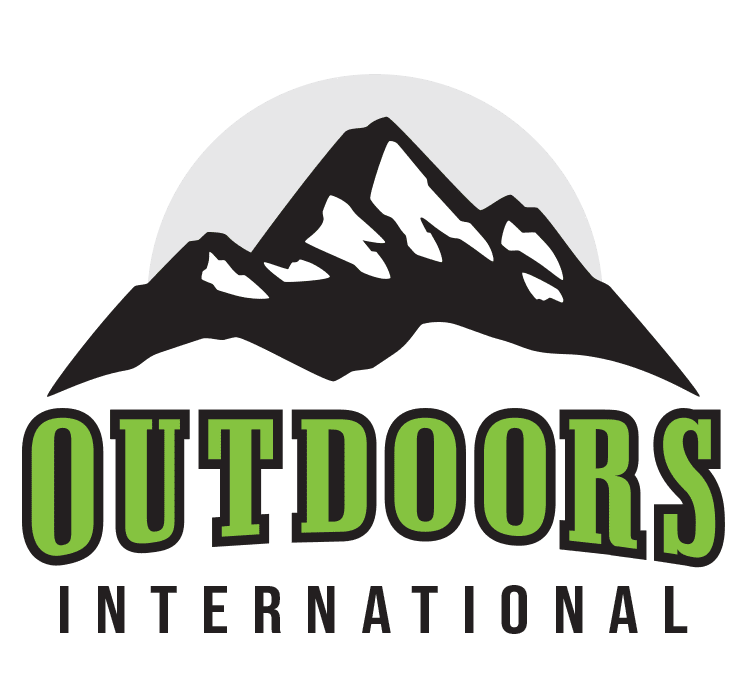The difference between Brown and Grizzly Bear can be confusing. Hopefully this article will clear up some of the confusion for you.
All grizzly bears are brown bears, but not all brown bears are grizzly bears.
Grizzly bears and brown bears are the same species (Ursus arctos), but grizzly bears are currently considered to be a separate subspecies (U. a. horribilis). Due to a few morphological differences, Kodiak bears are also considered to be a distinct subspecies of brown bear (U. a. middendorffi), but are very similar to Katmai brown bears in diet and habits.
Even though grizzlies are considered to be a subspecies of brown bear, the difference between a grizzly bear and a brown bear is fairly arbitrary. In North America, brown bears are generally considered to be those of the species that have access to coastal food resources like salmon. Grizzly bears live further inland and typically do not have access to marine-derived food resources.
- In 2007, approximately 1,900 brown bears and grizzly bears were harvested in Alaska.
- Alaska residents took 700, and roughly 1,200 (or 67%) were taken by nonresidents.
- Alaska brown bear hunting seasons are held in both spring and fall in some areas but only in fall in other areas.
- It is illegal to kill cubs and females with offspring.
- Nonresident brown bear hunters are required to have a guide, or be accompanied by an Alaska resident who is a relative.
Brown Bears
- Coastal Brown Bears: As their name suggests, Alaskan coastal brown bears live along the coast where the living is easier and the climate is better. They have a greater amount of animal protein, mainly in the form of fish in their diet and hence get larger. Use enough gun, because they are huge, powerful animals.
- Kodiak Brown Bears: Since the last ice age, about 12,000 years ago, Kodiak bears have been isolated from the rest of Alaska’s brown bear population on Kodiak, Afognak and Shauk islands in southwestern Alaska. Kodiak bears have the smallest gene pool of all of the world’s brown bears and a larger bone structure. They have the same basic diet as coastal brown bears and grizzly bears, but these islands have so many salmon that they are larger and these islands can support 40% more bears. Due to the higher population density, Kodiak bears have a more diverse social structure than other bears.
Grizzly Bears
Grizzly bears are found in inland Alaska, British Columbia, Alberta, Yukon, Northwest Territories, Nunavut, Idaho, Wyoming, Washington and Montana. Their diet consists mainly of berries, roots, bulbs, rodents, insects and whitebark pine nuts. Grizzlies supplement their diet with moose, elk, mountain goats and sheep. Basically, grizzly bears have to work harder to make a living. Because of that, don’t get as large as their coastal cousins.
Learn the difference between Brown and Grizzly Bear in Alaska.
Geographical location and diet determines the difference between brown and Grizzly bear in Alaska. Even though there are technically two subspecies in North America (the grizzly and the Kodiak), all brown bears in Alaska are genetically identical. The difference between coastal and grizzly Bears is geographical and diet.

- The big brown bears are found on Kodiak and Afognak Islands, the Alaska Peninsula, and eastward and southeastward along the coast of Alaska.
- The smaller interior grizzly is found in the remaining parts of the continent.
The boundary between the two was first defined as an imaginary line extending 75 miles inland from the coast of Alaska. Later this boundary was more precisely defined with the current definition as follows:
A line of separation between the larger growing coastal brown bear and the smaller interior grizzly has been developed to make telling the difference between brown and grizzly bear easier.
Such that west and south of this line (to and including Unimak Island) bear trophies are recorded as Alaska brown bear. North and east of this line, bear trophies are recorded as grizzly bear. The boundary line description is as follows: Starting at Pearse Canal and following the Canadian-Alaskan boundary northwesterly to Mt. St. Elias on the 141-degree meridian; thence north along the Canadian-Alaskan boundary to Mt. Natazhat; thence west-northwest along the divide of the Wrangell Range to Mt. Jarvis at the western end of the Wrangell Range; thence north along the divide of the Mentasta Range to Mentasta Pass; thence in a general westerly direction along the divide of the Alaska Range to Houston Pass; thence westerly following the 62nd parallel of latitude to the Bering Sea.
BROWN AND GRIZZLY BEAR HUNTING GUIDES AND OUTFITTERS
Live Like You Mean It
Contact Us
We've helped thousands of OI clients plan their adventures
Our team of professional consultants are ready to help you research, book and plan an amazing trip with one of our amazing outfitter partners around the world.
I didn't think an experience like this was possible.
This trip, was, for me at least not just a trip, for me it was a real adventure, a real experience. I love the wilderness and this trip afforded me the opportunity to connect with the Alaskan wilderness in ways very few people do. It was an experience I will never forgot in a place I can’t wait to get back to.Oliver Fischer
The outfitter handled everything perfectly.
We were thankful that Outdoors International hooked us up with a great outfitter because they were able to find us an acceptable alternate on short notice. Overall the two year process to get this float in was seamless and worry free. Just like it should be.Thank you, Stan Masneri
What an amazing experience!
The lodge was out of this world! Our rooms, the delicious food, the incredible wildlife and the scenery were amazing. Our photo safari guide was truly exceptional and had us on animals almost constantly. We saw over 30 different species and had some incredible up close experiences. Africa is amazing!Scott Navares
Copyright 2005-2025 © Outdoors International™ · All Rights Reserved.























Where? If local management allows, why is it any different than say black bear hunting in it’s lawful regions?
It’s all politics